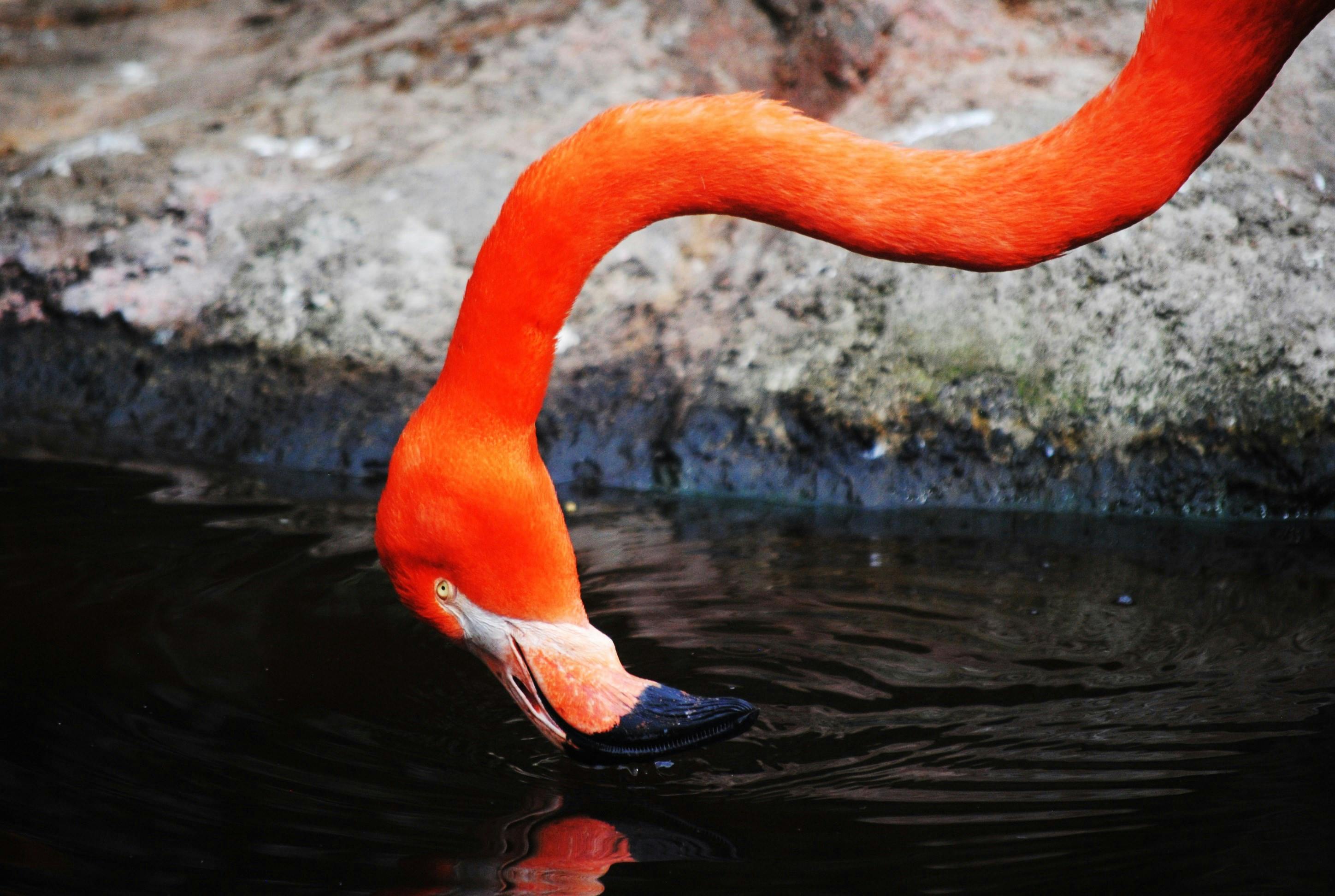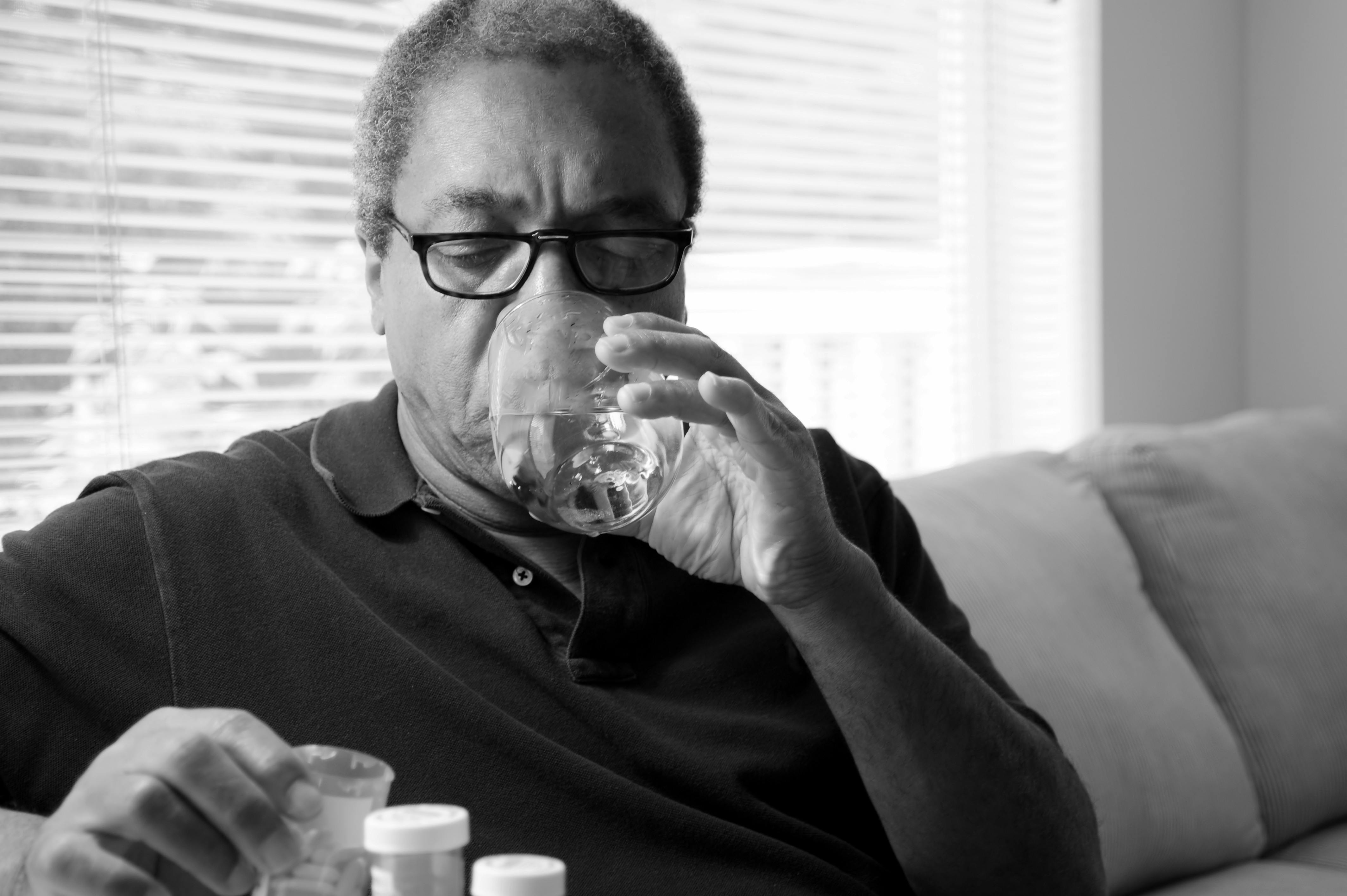Distilling seawater into drinking water is a process that has been used for centuries to produce potable water from a saltwater source. It is a simple and effective way to create clean, safe drinking water for those in need. In this guide, we’ll explain how the process works and provide step-by-step instructions on how to distill seawater into drinking water.Distilling seawater is a process of purifying water by removing salts and other impurities. It involves heating the seawater until it evaporates, leaving behind the dissolved salts and other impurities. The vapor is then collected, cooled, and condensed back into liquid form, providing purified water. Distillation can be used to produce drinking water from seawater or to provide a source of freshwater for industrial use. It is an effective way of desalinating seawater and making it suitable for human consumption.
Understanding the Process of Distilling Seawater
The process of distilling seawater is an important one, as it provides a way to convert saltwater into fresh water. This process involves boiling the seawater and collecting the resulting steam, which is then condensed into fresh water. It is a simple and effective way of providing fresh water for drinking, irrigation, and other uses.
The first step of this process begins with heating the seawater in a distillation tank or boiler. The heat causes the water molecules to evaporate, forming steam. The steam is then passed through a condenser, which cools it down and causes it to condense back into liquid form. This condensed liquid is then collected in a separate container, leaving behind any dissolved salts or minerals present in the original seawater.
The collected liquid is now mostly pure fresh water, but may still contain some dissolved minerals and salts. To further purify this water, it can be passed through a series of filters or membranes that trap any remaining impurities. After passing through these filters, the resulting liquid should be fit for human consumption.
Gather Materials Needed for Distilling Seawater
When it comes to distilling seawater, it is important to have the right materials on hand. The materials needed depend on the type of distillation process being used, but generally include a large pot, a heat source, a condensing coil, and a collection container.
A large pot should be used for boiling the seawater. This should be made of stainless steel or aluminum and have a capacity of at least two gallons. A heat source is also required to bring the seawater to a boil. This can be either gas or electric, depending on what is available.
A condensing coil is also necessary for the distillation process. This should be made of copper or stainless steel and should have an outer diameter of at least one inch. It should also be long enough to extend from the top of the pot into the collection container below.
The collection container should be able to hold at least one gallon of liquid and should not leak. It is also important that it be deep enough that it will not allow any of
Preparing the Seawater for Distillation
Preparing seawater for distillation involves a few steps that must be followed in order to ensure that the water is safe for human consumption. First, the seawater must be filtered to remove any impurities, such as sand and dirt. Once the filtering process is complete, the seawater should be disinfected by adding chlorine or other disinfecting agents. After this, the water should be tested for pH levels and other contaminants. If any of these levels are too high or too low, they should be adjusted accordingly before beginning distillation. Finally, all of the seawater should be heated to boiling point before it can be distilled.
The distillation process then begins by passing steam through a condenser which cools it down and removes impurities from the water. The resulting liquid is then divided into two streams: one that contains mainly fresh water and one that contains mainly saltwater. The fresh water stream is then further processed to remove any remaining impurities before it is ready for consumption. Meanwhile, the saltwater stream remains in its concentrated form and can be used for various industrial purposes such as desalination or agriculture
Introduction
Distilling seawater is a great way to produce safe drinking water. This guide will show you how to do it in a few easy steps. With the right supplies and know-how, you can quickly make your own clean drinking water from saltwater. Let’s get started!
Gather Supplies
The first step in distilling seawater is to gather all the necessary supplies. You’ll need a large container for the seawater, a pot or stovetop for boiling it, an airtight lid for the pot, and a condenser tube with collection trays. You’ll also need some kind of heat source, such as an electric stove or propane burner.
Prepare the Seawater
Once you have all your supplies ready, it’s time to prepare the seawater. Start by filling your large container with saltwater from the ocean or local beach area and bring it to room temperature. Make sure there are no large particles floating in the water as these can clog up your condenser

Choose the Right Equipment
The first step to optimizing distillation of seawater is to choose the right equipment. Different types of stills, like pot stills, multiple-effect evaporators, and flash evaporators are available for distilling seawater. Each type of still has its own advantages and disadvantages, so it’s important to choose one that best fits your needs. Additionally, make sure the equipment is regularly inspected and maintained for optimal performance.
Control Temperature and Pressure
Temperature and pressure are two of the most important factors when distilling seawater. Controlling these parameters properly will help you get the best results from your distillation process. Generally, higher temperatures and pressures result in higher yields from a single distillation run. However, it’s important to keep both temperature and pressure within the manufacturer’s recommended range to ensure safety and efficiency.
Monitor Salinity
Monitoring salinity is another important step in optimizing distillation of seawater. The salinity of the feed water should be monitored regularly to make sure it is within acceptable levels
Potential Risks Associated with Distilling Seawater
Distilling seawater to purify it for drinking or other uses can be a costly process, both in terms of energy and equipment. While there are many benefits to distilling seawater, there are also potential risks associated with the process. The most common risks include bacterial contamination, increased salinity, and the production of hazardous by-products.
Bacterial contamination can occur during any stage of the distillation process. If not properly filtered or treated, the seawater may contain a variety of harmful bacteria that could make it unsafe for consumption or other uses. Furthermore, if the purified water is not stored properly after distillation, bacterial growth could occur in the water over time.
Distillation can also lead to an increase in salinity, as some of the salts and minerals present in the original seawater may be concentrated during the process. This can have a negative impact on taste and may cause health problems if consumed over an extended period of time.
Finally, some of the by-products created during distillation may be
What to Do with the Byproducts of Distillation
Distillation is one of the most common methods used to separate and purify liquids. This process involves boiling a mixture, collecting the vapor produced, and then condensing it back into a liquid. The resulting product is highly concentrated and pure. However, there are also byproducts created during distillation that must be disposed of properly. These byproducts can include spent solvents, volatile organic compounds (VOCs), and other hazardous materials.
The first step in disposing of these byproducts is to identify what type of material they are. Some materials may be suitable for landfill disposal while others will require special handling such as incineration or chemical treatment. Once the material has been identified, it can then be disposed of according to local regulations and best practices.
In some cases, the byproducts created during distillation may be reusable or recyclable. For example, spent solvents can often be reused or recycled if they are not contaminated with other substances. The same is true for VOCs, which can sometimes be recovered and reused in other processes. Additionally, some dist

Conclusion
Distilling seawater into drinking water is a very useful technique in areas with limited access to fresh water. It is a simple process that can be done with minimal equipment and supplies. By boiling the seawater and collecting the steam, you can produce a high-quality, potable water source. Additionally, this process can help to reduce pollutants from the environment as well as improve the quality of the local water supply. Distilling seawater is a great way to provide access to safe drinking water in areas where it may not otherwise be available.
Although distillation has been used for centuries, modern advancements in technology have made it even easier and more efficient. With just a few pieces of equipment, anyone can create their own home-based distillation system to produce clean drinking water for their family or community. Whether you are looking for an emergency solution or simply wish to explore more sustainable water sources, distillation is an excellent option for producing safe and healthy drinking water.

